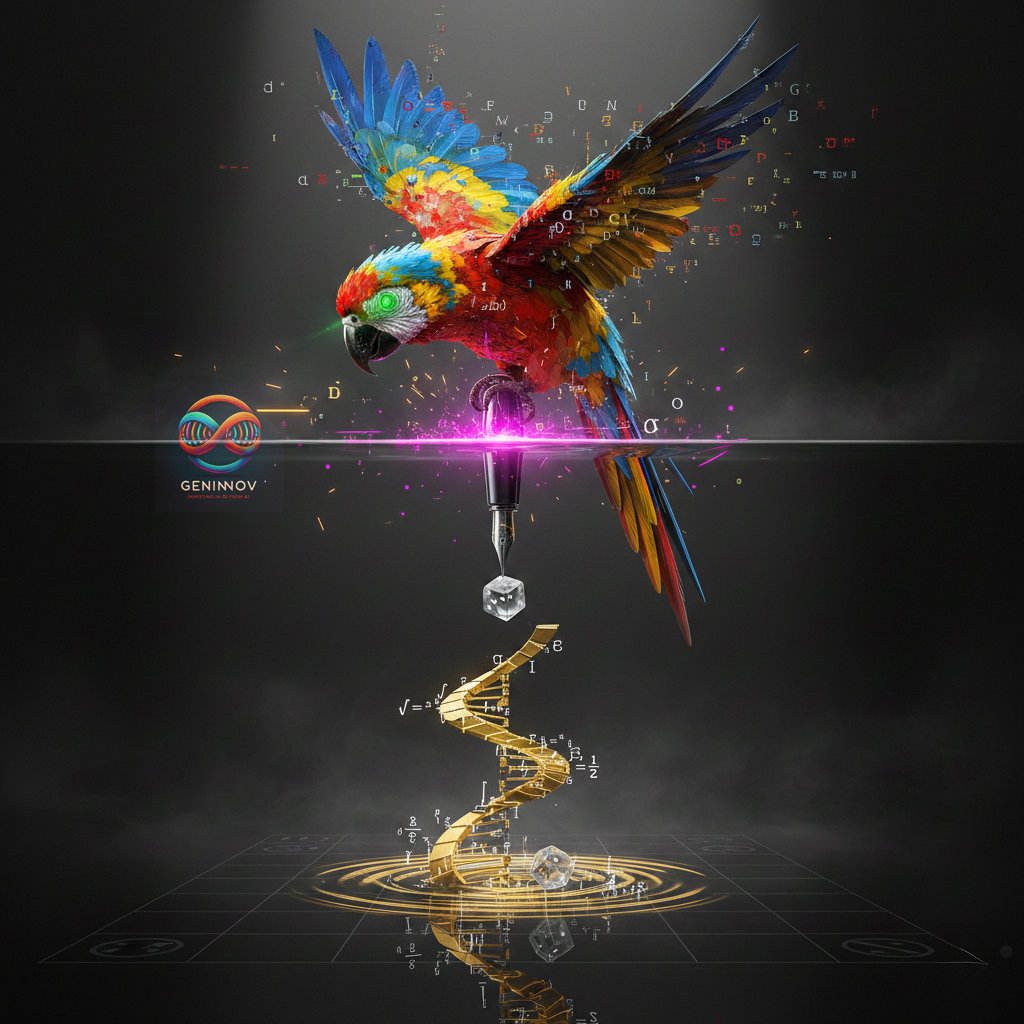The previous post (https://bit.ly/43zITJV) discussed a "history-less" world. This one is on another unconventional notion: a "patent-less" world. Of course, such a declaration is wildly inflated and overly dramatic if taken literally. The intention is not to envision a world without any useful patent protections but to examine a less-discussed potential transformation.
One cause is obvious: machine-generated content is not covered by IP laws almost anywhere. The bigger reason is the skyrocketing innovation pace due to GenAI tools and their copiability.
Famously, OpenAI has not filed almost any patents. This is partly because of its history as an NGO until 2019 and partly ideological. Yet, this is also a pragmatic necessity. The blistering innovation pace in foundation models and immediate applications has the world all agog. Consider this: Midjourney released its pathbreaking v5 on Mar16. Under immense competitive pressures, it will likely release v6 by this month-end or within 100 days of v5.
ChatGPT is adding jaw-dropping features without changing the version counter. And, so is everyone else in these fields. The frenzied pace leaves little room for patent procedures. Plus, a patent makes little sense if, by the time it's granted, the technology has been replicated or improved.
The concept of 'no-time-for-patents' may spill into healthcare and medicine, too, in some ways. Its future is bright as GenAI tools radically expedite the drug discovery process. However, this acceleration breeds complications with existing regulatory structures in many developed markets.
Traditionally, new drug molecules are created and tested to ascertain their effectiveness. However, GenAI (generative adversarial networks in particular) can generate synthetic molecules virtually, analyze effects, and filter those with promise for real-life development. These molecules are designed based on predictive AI leveraging existing data to identify molecular patterns that could prove effective.
Claims made regarding the rapidity are astounding. One study (https://rsc.li/46bViFC) leveraged GenAI to develop a potential drug for liver cancer in 30 days. A German firm employed AI design to identify a cancer drug candidate in eight months when before they typically took 4-5 years. Other researchers used generative frameworks to learn from graph-based representations of over 40,000 molecules, enabling the prediction of new synthetic molecule reactions almost instantaneously (https://bit.ly/3NfARPq).
The regulatory landscape will surely evolve. Still, as discussed in https://bit.ly/3OLEDSY, ready copiability of most models' content makes it difficult for businesses in strict regulatory environments. No broad patterns are fully applicable in the galloping GenAI-driven world across time and sectors. As GenAI tools become more powerful and the pace of innovation accelerates, a lot is about to change in real life over and above the effects of these models and their content.



